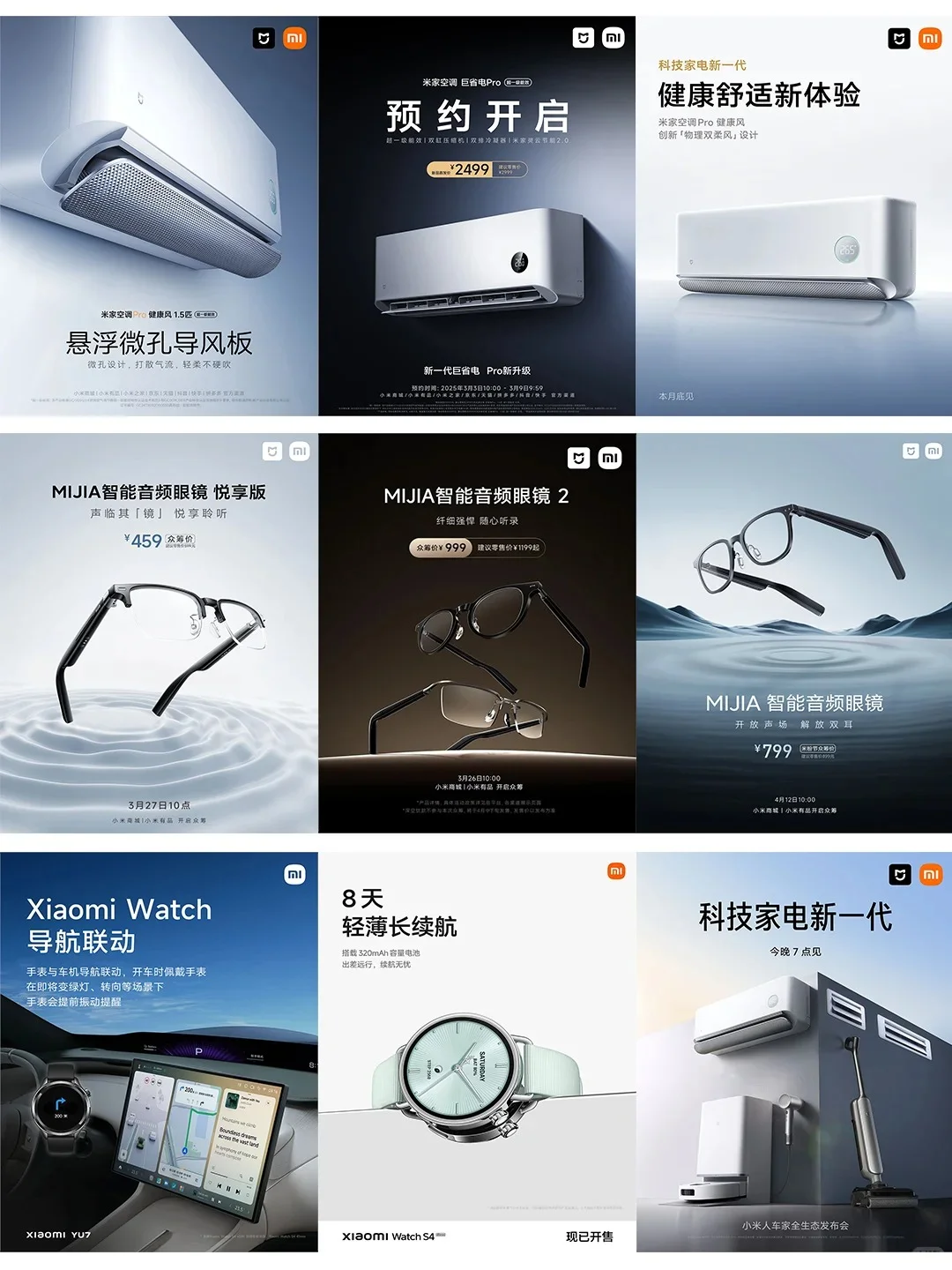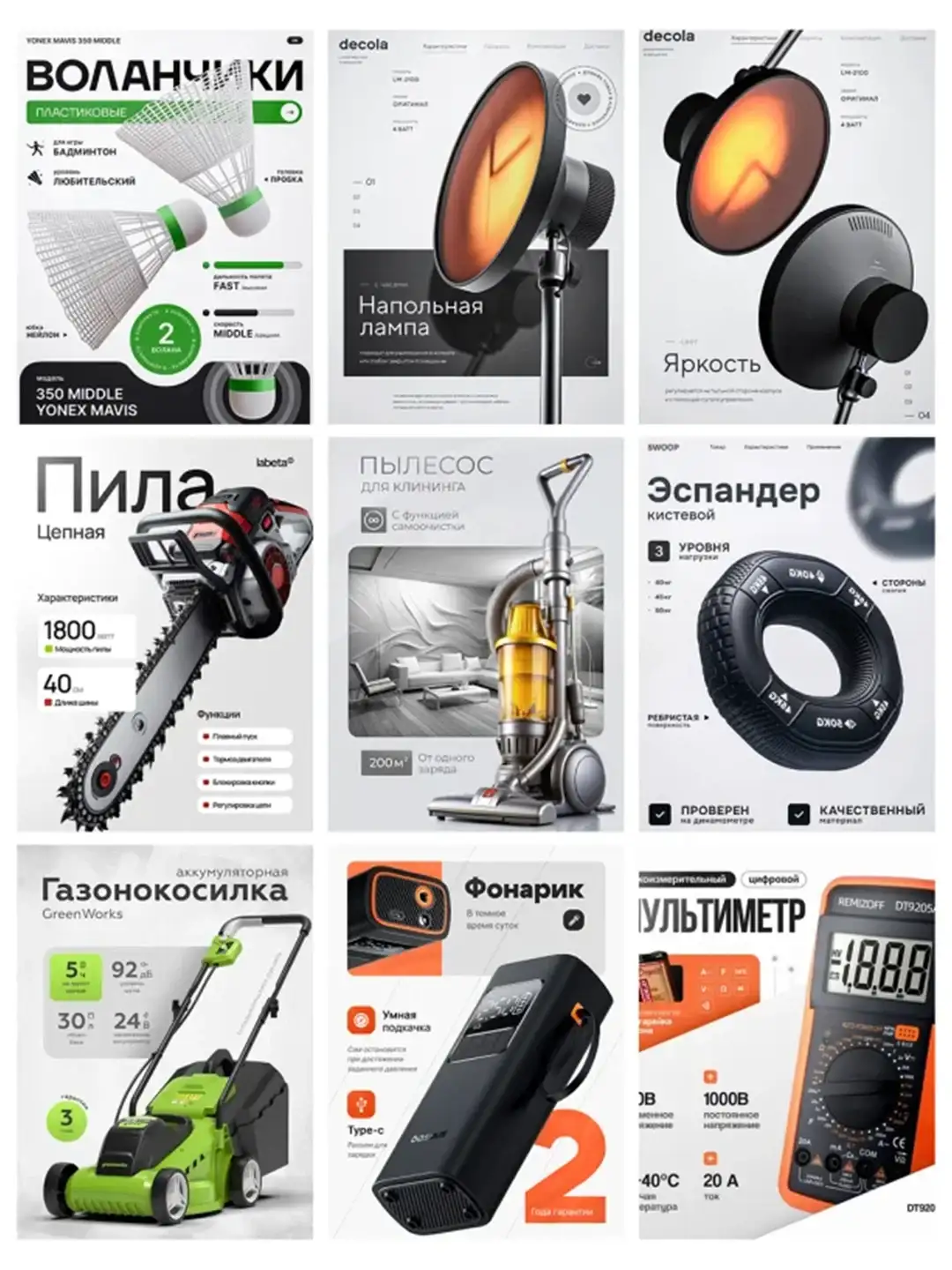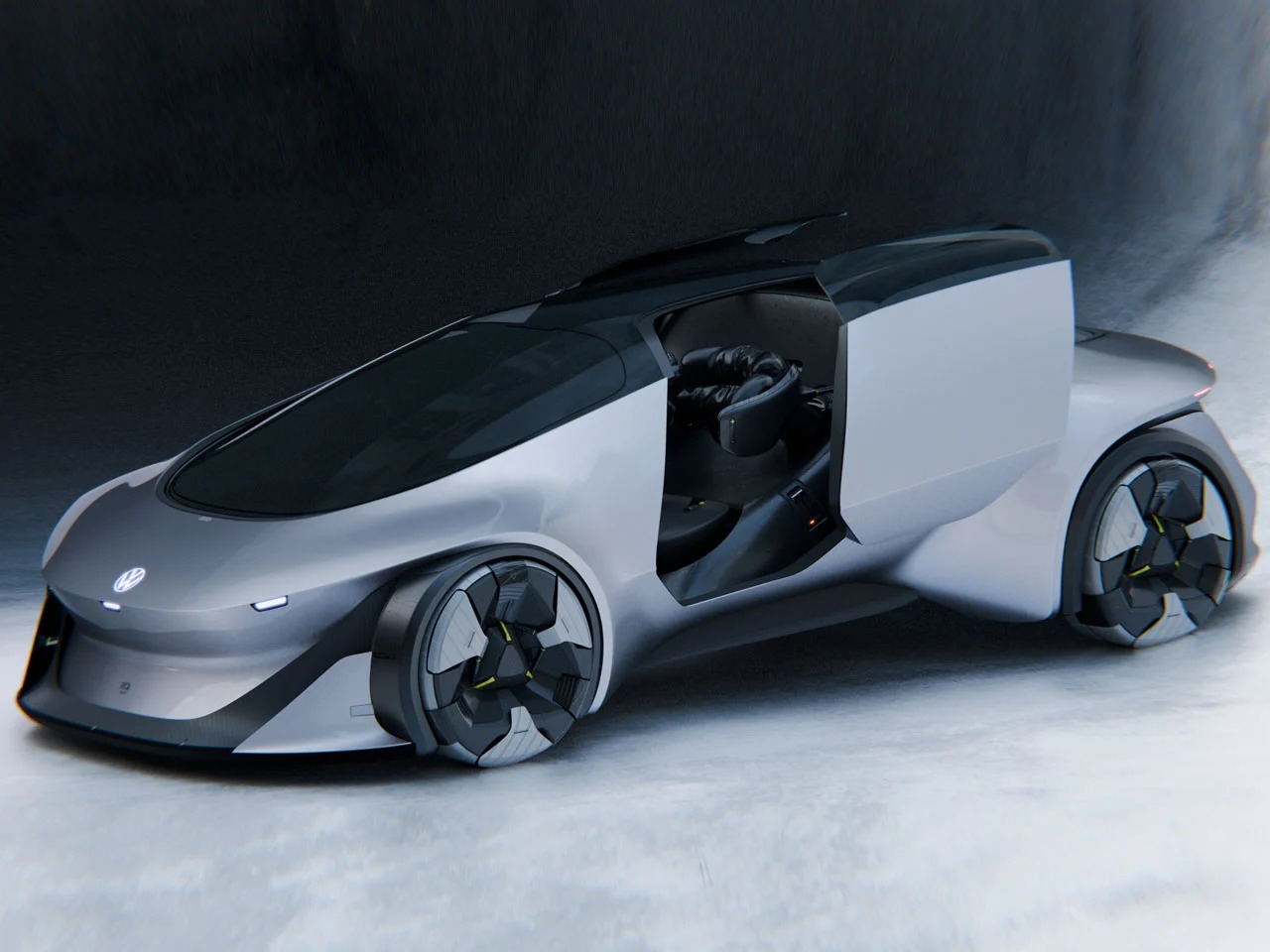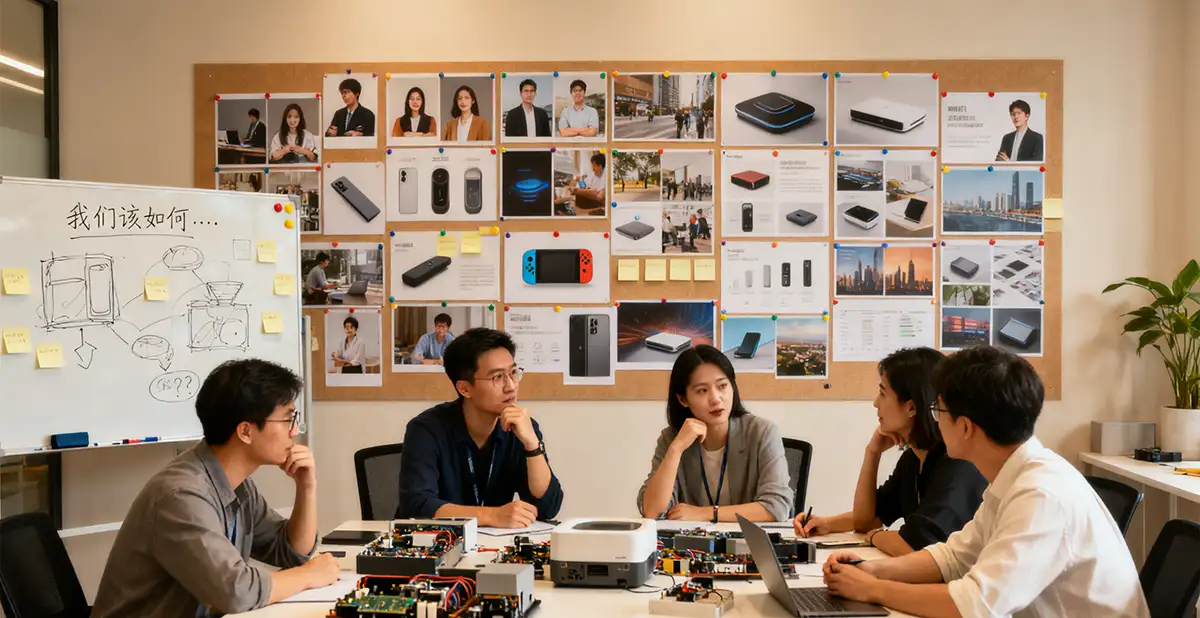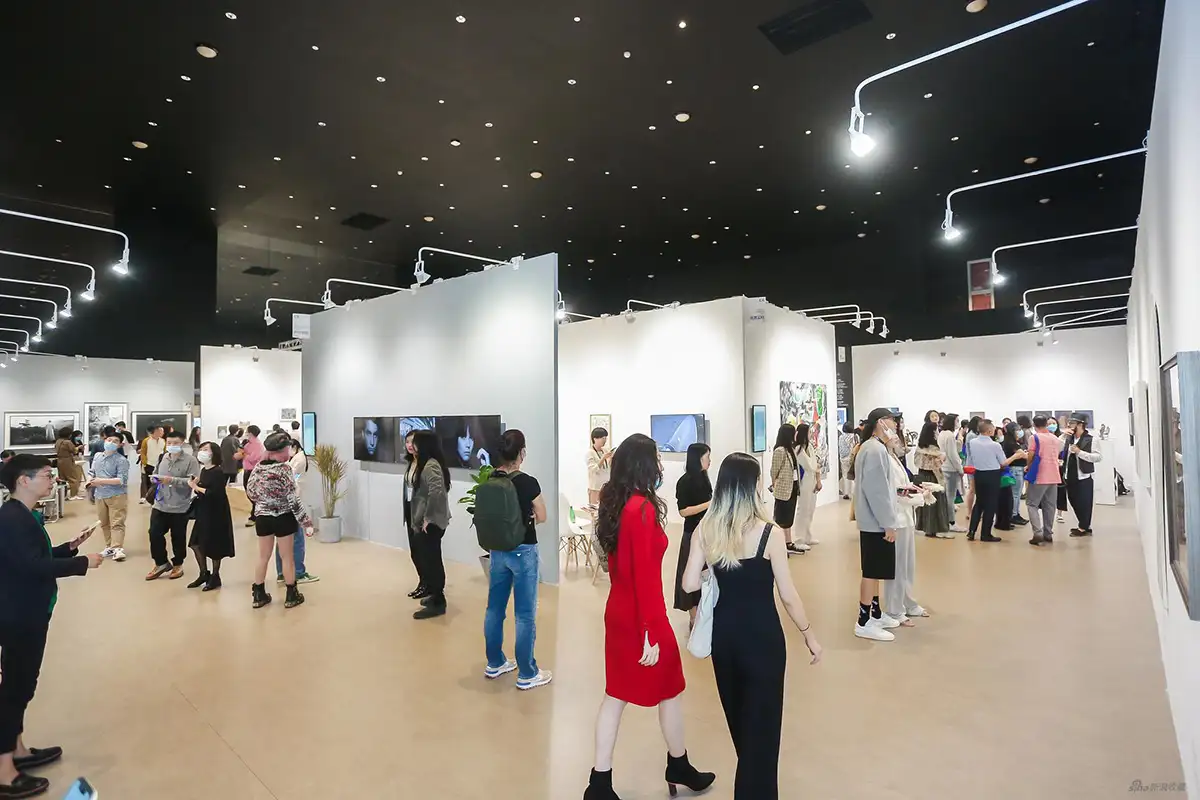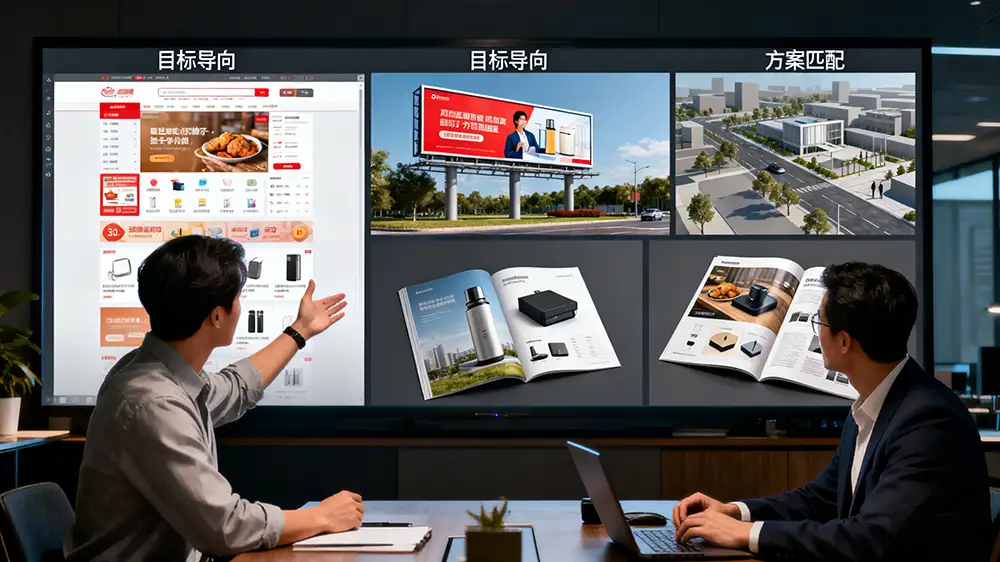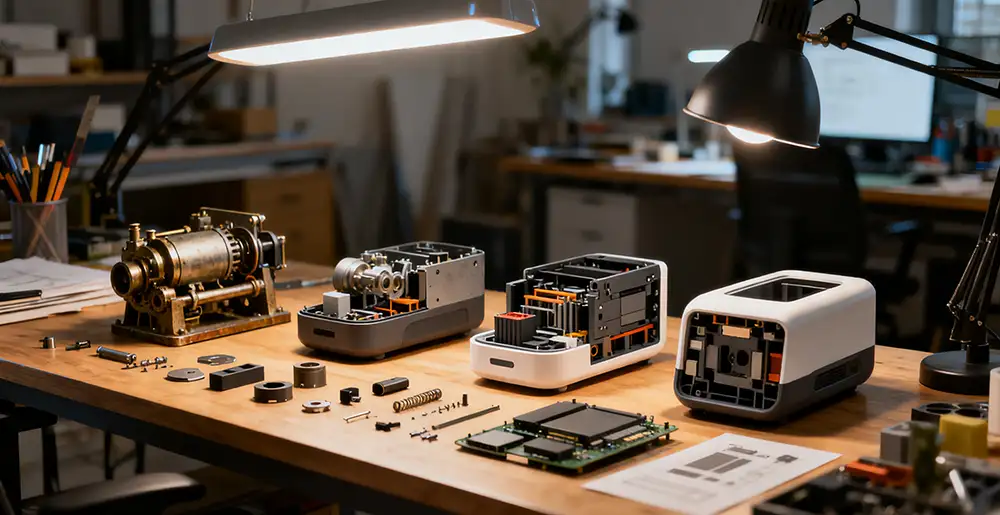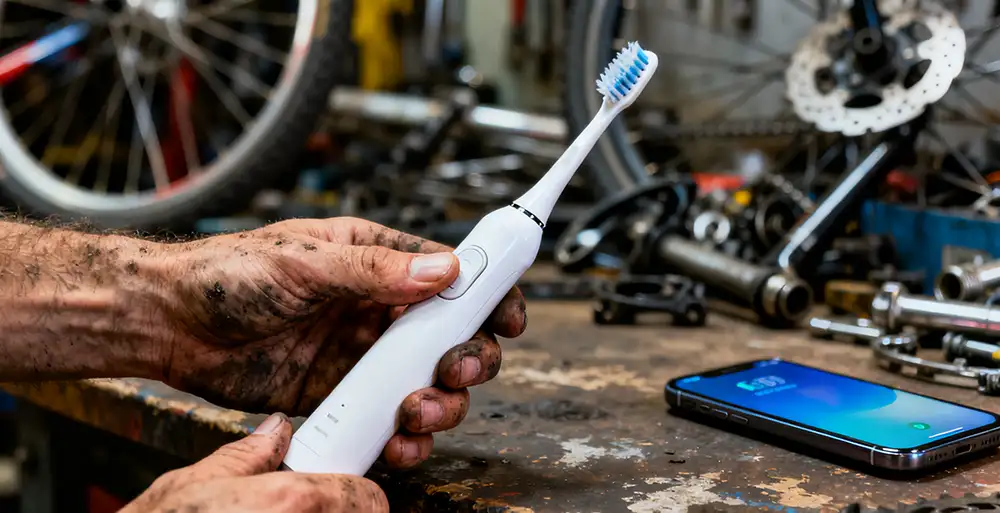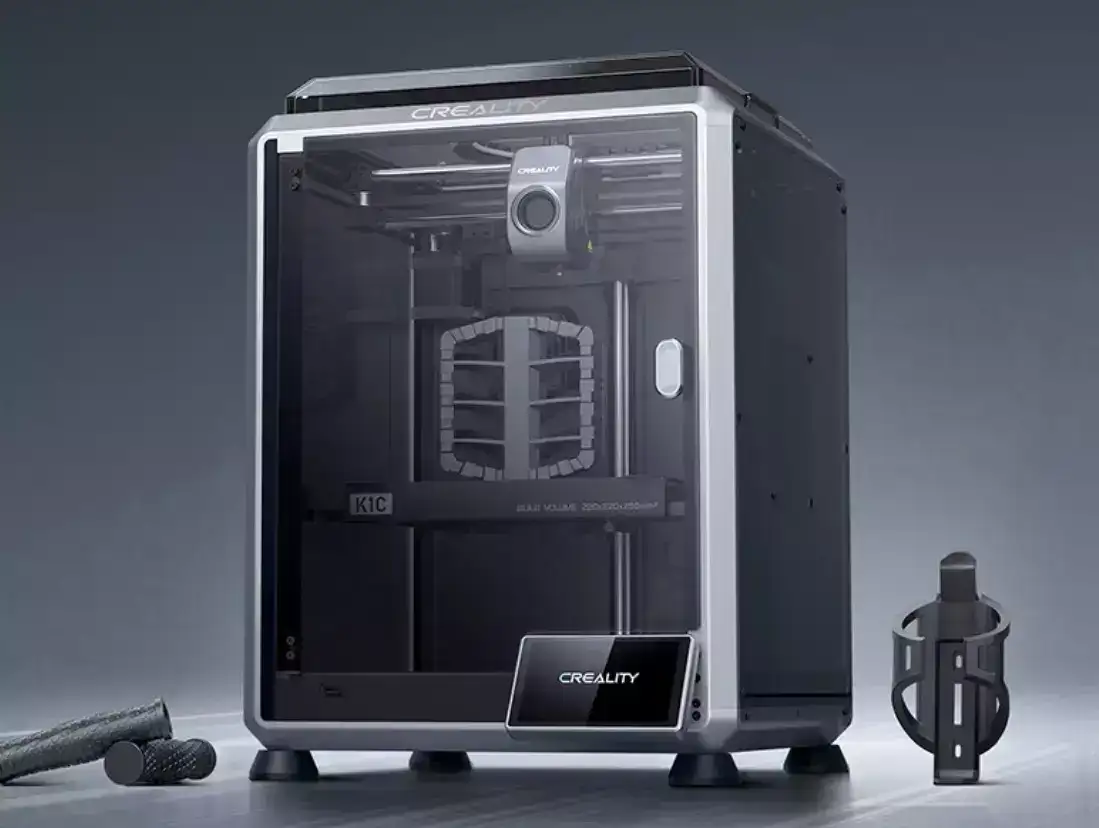NINEIDEA:在工业设计领域,常常会遭遇一种棘手的矛盾场景:「用户说」与「数据说」背道而驰。这种冲突犹如隐藏在设计道路上的暗礁,处理不当便可能使设计之舟偏离航向。智能家居设计领域,此类矛盾尤为凸显,下面探讨下工业设计师决策的生存法则。
想象这样一个场景,在进行一款智能门锁的设计前期调研时,设计师团队一方面深入用户群体进行访谈。许多用户表示,他们更倾向于传统钥匙与电子开锁相结合的方式,认为即便在电子系统出现故障时,仍可通过传统钥匙开门,能给他们带来十足的安全感,仿佛那小小的金属钥匙是最后的 “救命稻草”。这便是「用户说」所传达的信息。
然而,市场调研数据却呈现出另一番景象。数据显示,近年来智能门锁市场中,纯电子开锁方式的产品销量增长迅速,特别是那些具备多种便捷电子开锁方式,如指纹、密码、手机 APP 远程开锁的产品,深受消费者青睐。从数据趋势来看,传统钥匙开锁功能的使用率正逐年下降。这无疑是「数据说」给出的结论。
面对如此冲突,工业设计师究竟该何去何从?是盲目听从用户当下的表达,还是完全依赖市场数据所呈现的趋势?实际上,这两种极端做法都不可取。
对于工业设计师而言,首先要明白,用户的表达往往基于当下的认知和过往经验。他们可能尚未完全意识到新技术带来的变革潜力,或者因对新技术缺乏了解而产生担忧,从而坚守熟悉的传统方式。就像智能门锁案例中,用户对电子系统故障的担忧,导致他们倾向于保留传统钥匙。但市场数据反映的是宏观的消费行为变化,它综合了众多消费者的选择以及市场环境、技术发展等多方面因素。
此时,设计师需要深入剖析矛盾背后的本质。一方面,进一步挖掘用户对传统钥匙的依赖根源,是对安全性的担忧,还是对电子开锁方式的不信任?针对这些根源问题,在设计中强化电子开锁的安全性设计,如采用多重加密技术、备用电源等措施,从而减轻用户对电子系统的顾虑。另一方面,参考市场数据所反映的趋势,在保留用户核心需求(如安全保障)的前提下,大胆创新设计,提升电子开锁的便捷性和智能化程度,引导用户适应新的使用方式。
在「用户说」和「数据说」打架的复杂局面下,工业设计师需保持敏锐的洞察力和理性的分析能力。既不忽视用户的真实需求和情感诉求,也不盲目排斥市场数据所揭示的趋势,而是在两者之间寻找一个精妙的平衡点,以此作为决策的依据,方能在激烈的市场竞争中,设计出既满足用户需求,又顺应市场发展的优秀产品。
@NINEIDEA九号创新 www.nineidea.com


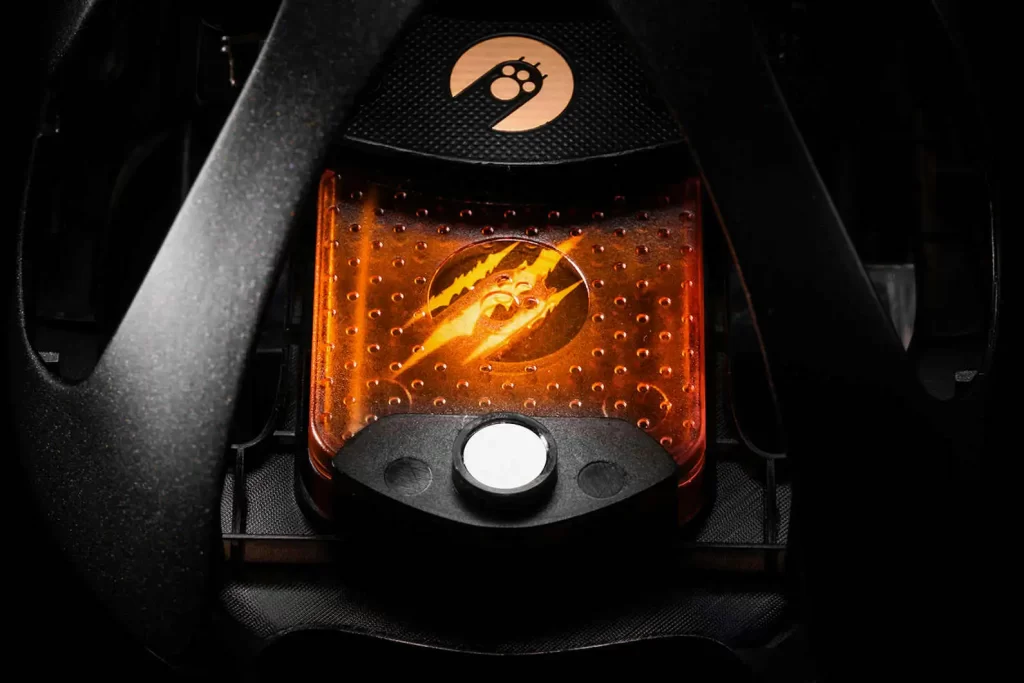
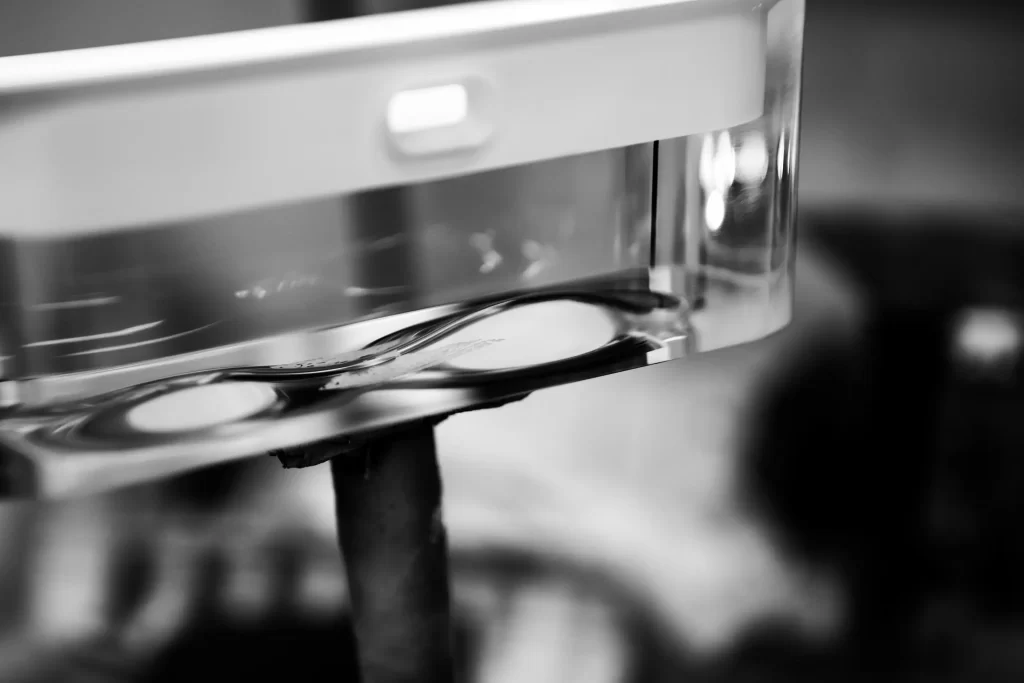
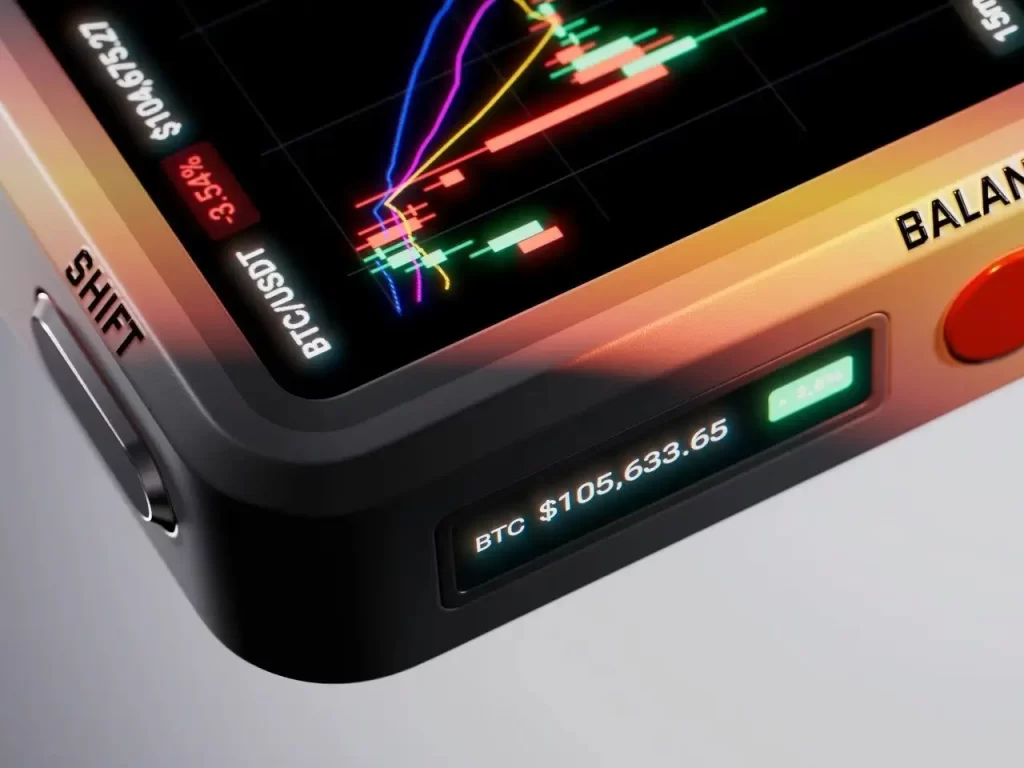

When ‘user talk’ and ‘data talk’ fight: survival rules for industrial designer decision-making
NINEIDEA: In the field of industrial design, we often encounter a thorny contradiction: “user talk” runs counter to “data talk”. This kind of conflict is like a hidden reef on the design path, and mishandling it may cause the design boat to deviate from its course. In the field of smart home design, such contradictions are particularly prominent. Below, we will explore the survival rules of industrial designers’ decision-making.
Imagine a scenario where, during the pre design research of a smart door lock, the design team conducted in-depth interviews with the user group. Many users express a preference for combining traditional keys with electronic unlocking, believing that even in the event of a malfunction in the electronic system, traditional keys can still be used to open the door, providing them with a strong sense of security, as if the small metal key is the last “lifeline”. This is the message conveyed by ‘user talk’.
However, market research data presents a different picture. Data shows that in recent years, sales of products with pure electronic unlocking methods have grown rapidly in the smart door lock market, especially those with multiple convenient electronic unlocking methods such as fingerprint, password, and remote unlocking through mobile apps, which are highly favored by consumers. From the trend of data, the usage rate of traditional key unlocking function is decreasing year by year. This is undoubtedly the conclusion given by the ‘data theory’.
Where should industrial designers go in the face of such conflicts? Is it blindly following the user’s current expression, or completely relying on the trend presented by market data? In fact, neither of these extreme measures is advisable.
For industrial designers, the first thing to understand is that user expression is often based on current cognition and past experience. They may not fully realize the transformative potential brought by new technologies, or have concerns due to a lack of understanding of new technologies, thus sticking to familiar traditional ways. Just like in the case of smart door locks, users’ concerns about electronic system failures have led them to prefer to keep traditional keys. But market data reflects macro level changes in consumer behavior, which integrates the choices of numerous consumers as well as various factors such as market environment and technological development.
At this point, designers need to delve into the essence behind the contradictions. On the one hand, further exploring the root of users’ dependence on traditional keys is a concern for security or a lack of trust in electronic unlocking methods? To address these root issues, we will strengthen the security design of electronic unlocking in our design, such as using multiple encryption techniques and backup power sources, in order to alleviate users’ concerns about electronic systems.
On the other hand, based on the trend reflected by market data, while retaining the core needs of users (such as security), bold innovative designs should be made to enhance the convenience and intelligence of electronic unlocking, guiding users to adapt to new usage methods.
In the complex situation of “user talk” and “data talk”, industrial designers need to maintain keen insight and rational analytical ability. We should not ignore the real needs and emotional appeals of users, nor blindly reject the trends revealed by market data. Instead, we should find a delicate balance between the two as the basis for decision-making, in order to design excellent products that meet user needs and adapt to market development in fierce market competition.
@NINEIDEA九号创新 www.nineidea.com










